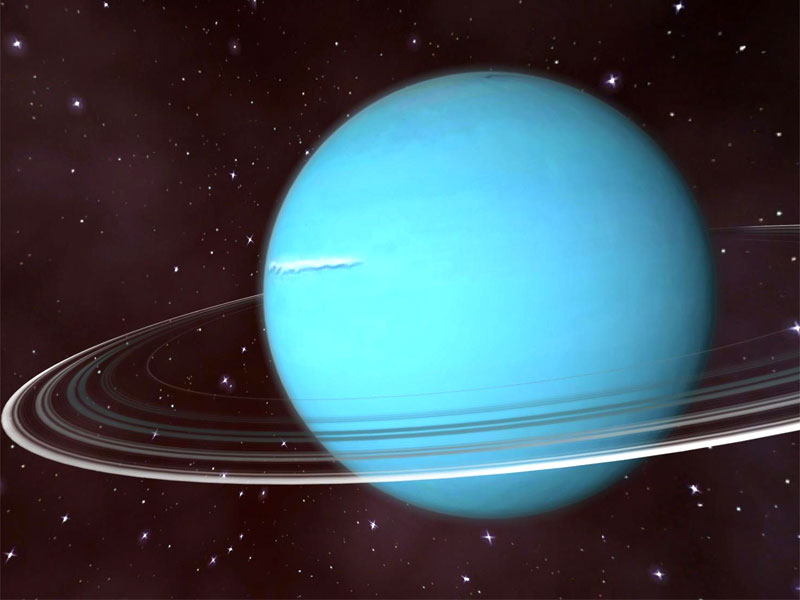 |
| Picture showing mercury |
Mercury
Mercury is the closest
planet to the sun. It is the smallest planet in the solar system. The surface
is rocky with broad plains and craters. The atmosphere of mercury is very thin,
making the days very hot. During the days the temperature gets as high as 430
degree Celsius and falls to minus 200 degree Celsius at nights.
 |
| Picture showing Venus |
Venus
Venus is the brightest
and is sometimes called the morning and evening star. It is earth’s closest
neighbour and receives twice as much sunlight as earth. Its dense atmosphere
keeps the surface temperature around 480 degree Celsius both day and night.
Earth
Earth is the third planet from the sun and the fifth largest. Its
surface is made up of land and water. On earth, water exists in all three forms
(solid, liquid and gas). Earth’s atmosphere is unique among the planets in our
solar system. It contains enough oxygen to support life. Earth has one
satellite.
For information on Physical features of earth visit my wiki, Click HERE.
 |
| Picture showing earth |
 |
| Picture showing Mars |
Mars
Mars is the fourth planet from the sun. It is sometimes referred to as
the red planet. It is much colder and smaller than earth. Its atmosphere is
filled with clouds and fog- most of which carbon dioxide, there is also small
amounts of oxygen and nitrogen. At one time, Mars probably had water on its
surface. The planet has two satellites Phobos and Deimos.
 |
| Picture showing Jupiter |
Jupiter
Jupiter is the largest planet in the solar system. It is approximately
eleven times the size of earth. Jupiter is mostly a ball of hydrogen and helium
gas. It is covered by a thick cloud and is a very cold planet. When viewed from
Earth it sometimes has many colours but the most spectacular is its red spot.
Jupiter has sixty satellites.
 |
| Picture showing Saturn |
Saturn
Saturn is the second largest planet.
Like Jupiter it is made up of hydrogen and helium gasses. Saturn has a spectacular ring system. It is a
beautiful planet with rings. Saturn has more satellites than any other planet.
Astronomers believe that is has more than sixty moons.
Uranus
Uranus is a gaseous planet and it is the third largest planet. It is
green in appearance because methane gas is in its atmosphere. Uranus has
twenty-one satellites. The two largest of it are Titanian and Oberon.
 |
| Picture showing Uranus |
Neptune
Neptune is a cold gaseous planet similar in size
and composition to Uranus. It is a ball of water, ammonia and molten rocks
surrounded by hydrogen, helium and methane. Neptune has thirty satellites. The
largest of which is Triton. Neptune also has a number of rings.
 |
| Picture of Neptune |












